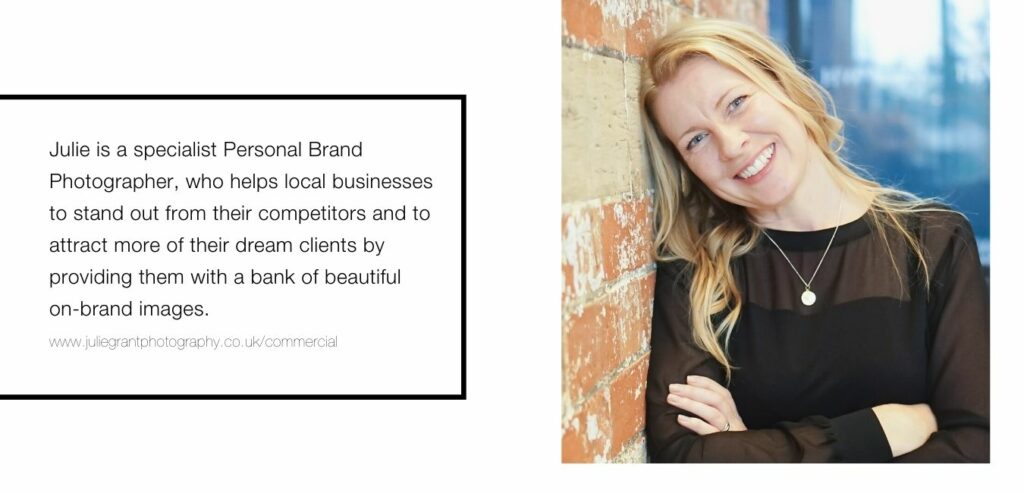
When I started my business in 2015 I thought all I needed was a logo and some business cards and my branding would be sorted. I had a huge list of “To Dos” and branding was something that I could put a big tick next to.
I was good at this business lark!
Then, when I started to read more about marketing the words Ideal Client kept coming up…
Who is your ideal client? Which product would your ideal client choose? Where can you find your ideal client?
The answers were easy. Everybody was my ideal client, so they’d like all of the products and they were everywhere. Move on.
But it continued to come up time and time again so I decided to do some research into this whole branding thing.
Turns out, a business is way more successful when they have a clear message and how do they create a clear message? Through having an ideal client and a strong brand. Not only are businesses more successful, decision-making becomes much easier too.
So when we use the term branding what are we talking about exactly? We are talking about the overall message that a business conveys. Some key elements (but not all) are the logo, the colours used, the fonts, the language and importantly; the imagery.
I will touch on each area below:-
Message
Who do you want to attract? Who is going to buy your product or service? A 20 year old man is likely to be attracted to a very different brand to a 75 year old woman.
Logo
Should it be clean and simple? Bold and colourful? Monochrome? Do you include a motif? Any words? Do you have more than 1 logo?
Colours
Did you know that colours carry very strong messages with them? Red can suggest passion, excitement and importance, whereas Green can signify new beginnings, growth and nature. A couple of well-known brands that use colour well are Virgin and BP. For me, the red of Virgin says adventure, fun and excitement, whereas the green in BP says light, nature and energy. Both very different messages, but equally powerful for the companies concerned.
Fonts
When you start to search for fonts you will find that there is a choice of hundreds! From gothic to script to comic sans and everything in between. What message does your choice of font say about your brand? Is it sophisticated and high quality? or do you want to be seen as fun, high energy and lively? It really can make a huge difference to what people will expect from your company.
Language
The language that you use is extremely important. Spelling mistakes and poor grammar may go unnoticed by many, but to some it will indicate poor attention to detail and could even be a deal breaker. Some people prefer you to get to the point by being bold and direct, whilst others will enjoy more elaborate language, overflowing with metaphors and similes. There is a well-known company in the beauty industry that always addresses it’s clients as Darling. I can’t stand it!! I don’t know why, but it makes my skin crawl… The company in question has a huge following so this approach clearly works for them. I guess I’m just not their ideal client, and that’s absolutely fine.
Imagery
Which is, of course, the most important part (don’t worry all you graphic designers, I’m only joking, it’s all important! but great photographs are high up the priorities). The photography that you use is an essential part of your company’s message. Make it too generic and people will just scroll past. Incorporate all of the above elements and your ideal clients will instinctively know your style and you will have their attention. Add to this the notion that a picture can say a thousand words and suddenly you have the ability to deliver a very clear message. Many companies use lifestyle images to suggest that the purchase of their product or service will improve your life – and it works exceptionally well! Who doesn’t want to have more money? do lots of fun stuff? or spend more time with their family?
People buy from people that they know, like and trust. By getting your branding right (I have lots of tools and resources to help with this) you will be able to become more visible, save yourself hours of time and attract your dream clients.
Please contact me for a free consultation.
Julie is a specialist Personal Brand Photographer, who helps local businesses to become more visible, stand out from their competitors and to attract more of their dream clients by providing them with a bank of beautiful on-brand images.
“I didn’t realise how much my business needed this! Since having my photographs taken professionally, I feel so much more confident posting to social media and I am now attracting more new clients than ever. Thank you” Emily.










